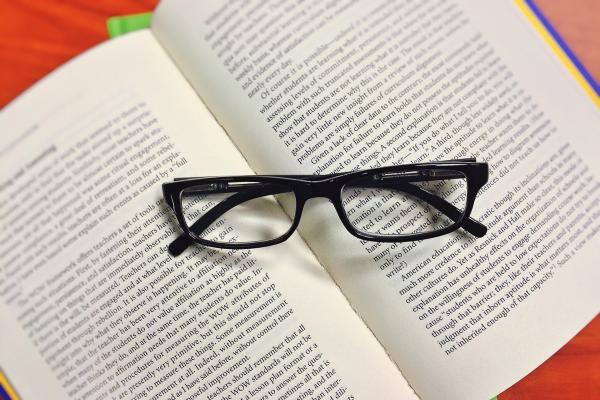“Every corpse is an ecosystem. Each fallen bird, landed fish, beached whale, decomposing log, plucked flower is destined to change from a conglomerate of giant molecules, the most complex system in the universe known, into clouds and drifts of much smaller organic molecules. The process of decay is driven by scavengers, in nature beginning with vultures and blowflies and ending with fungi and bacteria.”
So begins an essay by Edmund O. Wilson, famed explorer of everything ants. In this instance, from the NY Times, The Zombie Ants
Of late, I have been feeling listless. Reading books has lost their allure, the craft of the woodshop calls less often. I thought perhaps I was mildly depressed – until this.
“With some communities in rebooted lockdown conditions and movement restricted everywhere else, no one is posting pictures of their sourdough. Zoom cocktail parties have lost their novelty, Netflix can only release so many new series. The news seems worse every day, yet we compulsively scroll through it.
We get distracted by social media, yet have a pile of books unread. We keep meaning to go outside but somehow never find the time. We’re bored, listless, afraid, and uncertain.
What is this feeling?”
It is called acedia, and it has deep historical roots as this article, Acedia: the lost name for the emotion we’re all feeling right now, from The Conversation points out.
Abbott’s new 15-minute test for COVID-19 is well along having received Emergency Use Approval, and the company has created two new manufacturing plants to produce an estimated 50 million tests a month. Here is the rundown on how the test works, and more importantly, who it is designed to identify. Using it for asymptomatic patients will provide false-positive results, but despite that, you know people are going to use this as a personal health passport. From Science Magazine, Thoughts On a New Coronavirus Test (And on Testing)
“Sixteen hours ago an American airplane dropped one bomb on Hiroshima, an important Japanese army base. That bomb had more power than 20,000 tons of TNT. … It is an atomic bomb. It is a harnessing of the basic power of the universe. The force from which the sun draws its power has been loosed against those who brought war to the Far East.”
Three days after Hiroshima the United States dropped additional evidence on Nagasaki, and Japan surrendered. Afterward, as part of a clampdown on information — an extension of routine wartime censorship — little mention of realities on the ground was allowed by American authorities beyond the obvious fact that with one bomb each, two cities had been smashed.”
I love reading about our history and often find myself confronting significant gaps in my knowledge. Whether this is due to my inattention or the fact that the account was overlooked is unclear. That was true of Isabel Wilkerson’s The Warmth of Other Suns, a tale of the great migration from the South. It also seems to be true of the story around the American public learning about the actual effects of Hiroshima and Nagasaki, as revealed by John Hersey’s Hiroshima. It is the subject of a new book, and here is the NY Times book review, The Reporter Who Told the World About the Bomb.




